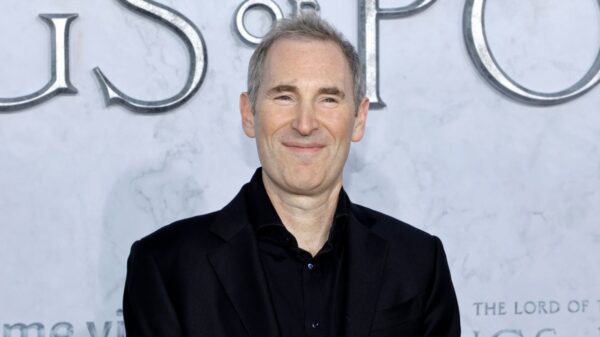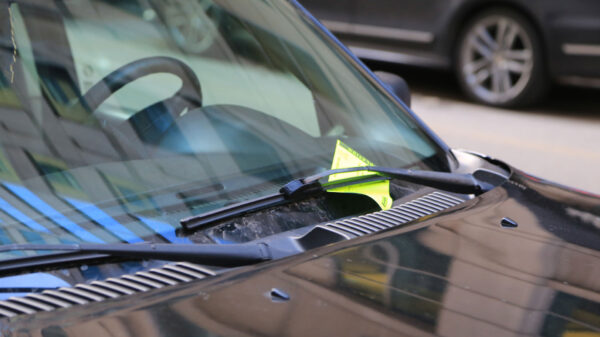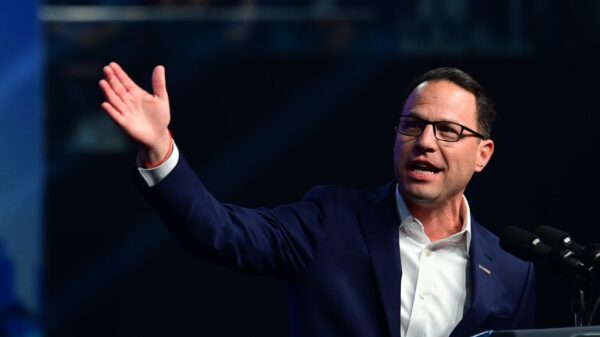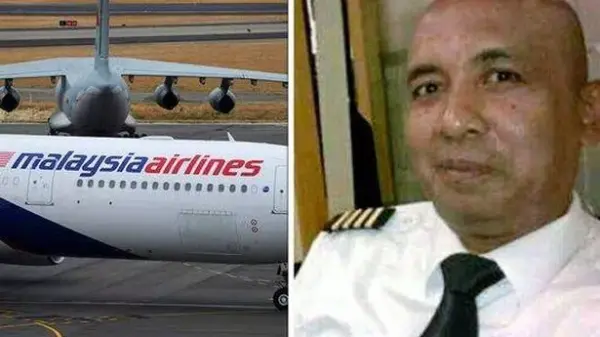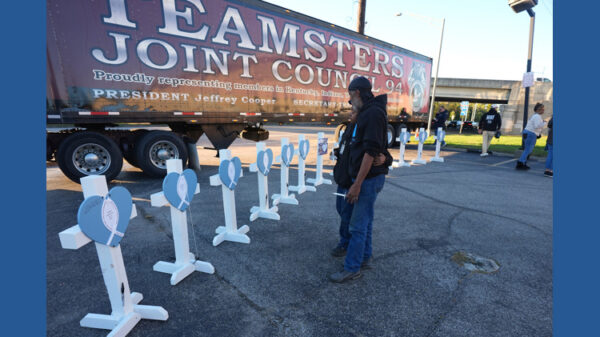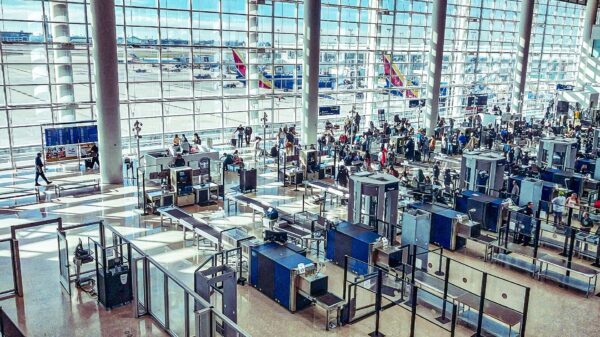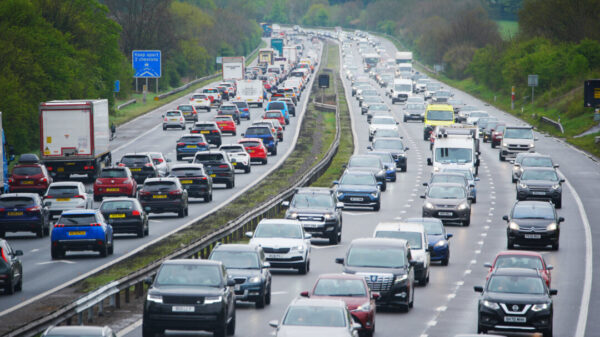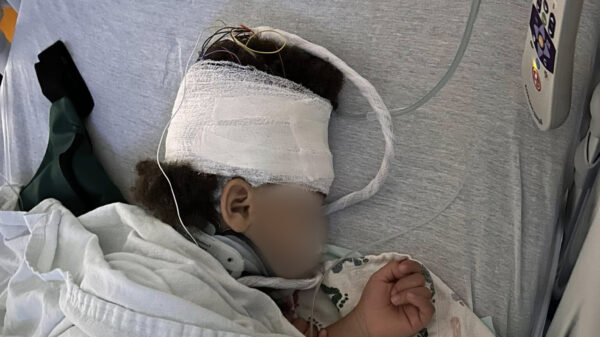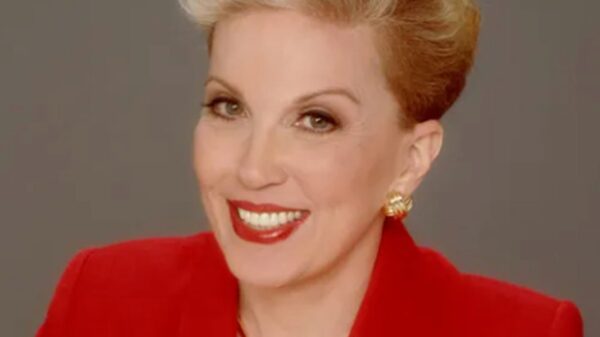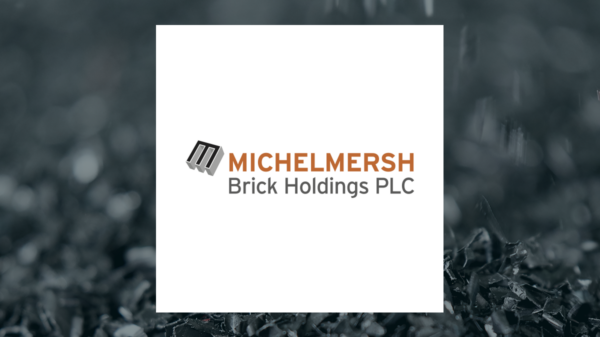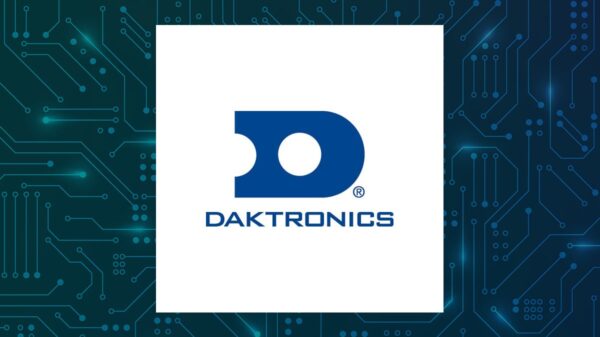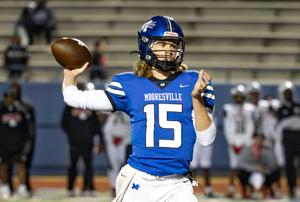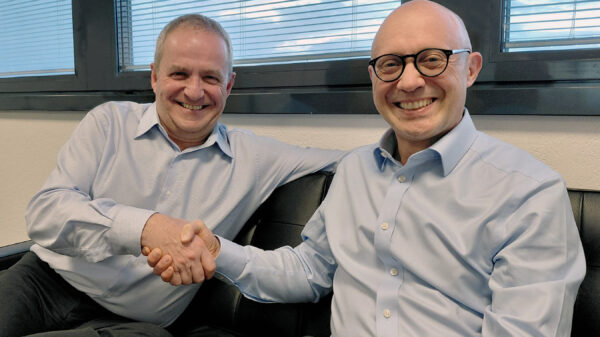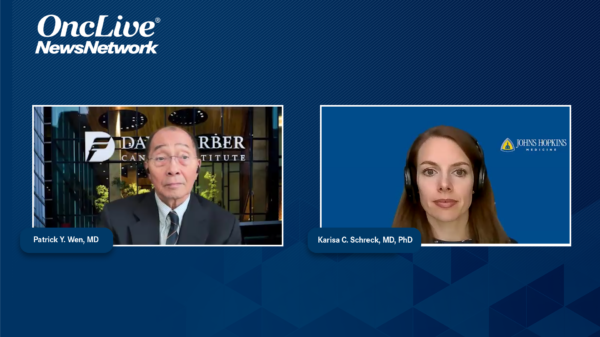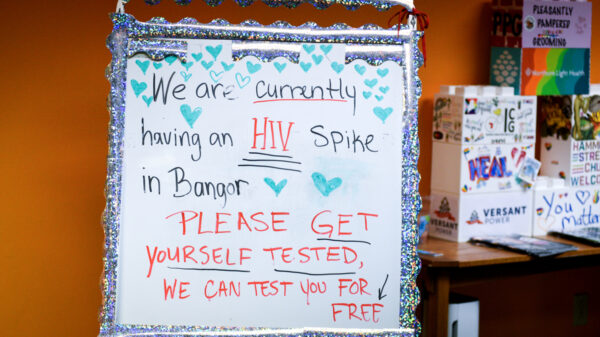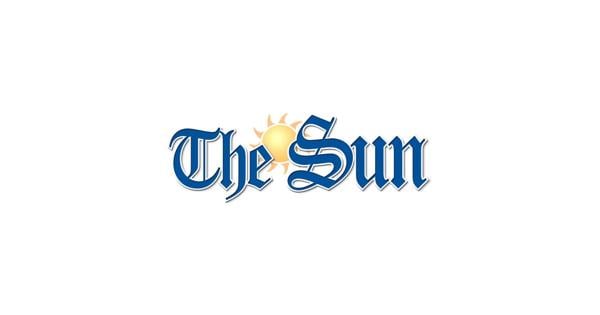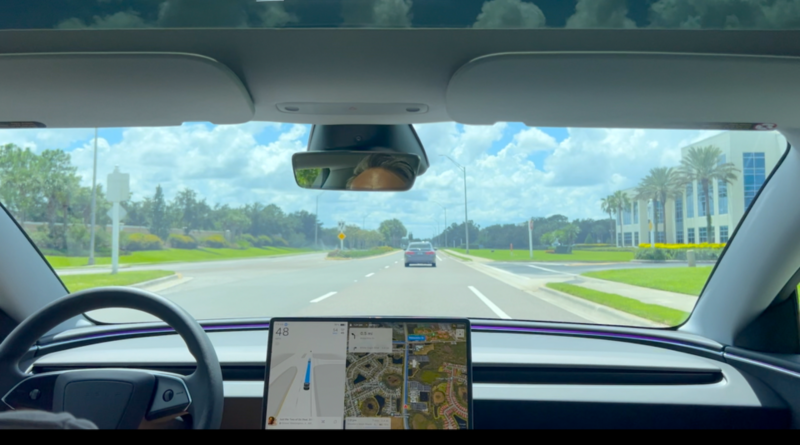Tesla’s launch of its Full Self-Driving (Supervised), referred to as FSDS, in Australia has generated a surprisingly positive response from various media outlets. This technology marks a significant step forward in automated driving, with many commentators noting its potential benefits and safety features. Notably, Channel 7, traditionally critical of electric vehicles, aired a positive review of FSDS, illustrating a shift in the narrative surrounding Tesla and electric cars in the region.
The Australian media landscape has often portrayed electric vehicles with skepticism, frequently labeling them as “Tesla Killers” and questioning the environmental ethics of their production. Despite these challenges, the reception of FSDS suggests a growing acceptance of advanced driving technologies. The shift in sentiment is evident from the positive feedback on social media platforms, where reactions to the technology are largely favorable, contrasting with the expected wave of criticism.
Elon Musk’s reputation may also be undergoing rehabilitation in Australia, particularly after the successful launch of SpaceX’s Mars rocket. As Tesla expands its offerings, the question arises whether the company can maintain this momentum in the face of potential regulatory challenges and ongoing public scrutiny.
Market Context and Competition
Currently, Australia lacks a domestic automotive industry that can compete directly with Tesla’s FSDS. While companies like BYD have introduced their own semi-autonomous driving technologies, such as the “God’s Eye” system, these have not yet been made widely available in the country. According to Google, the advanced version of BYD’s technology is still pending regulatory approval in Australia, highlighting Tesla’s unique position as the primary provider of such technology.
This context is critical as Tesla navigates the regulatory landscape. The launch of the FSDS in March 2024 makes Australia and New Zealand the only right-hand drive markets to access this technology, a fact that could influence its adoption and market penetration. As the public begins to experience FSDS, the conversation surrounding automated driving is likely to evolve further.
Public Perception and Feedback
Initial reactions from users indicate a mixture of excitement and caution. Many commenters on social media highlight the safety features of FSDS, comparing its cautious driving style to that of a learner driver. Some users express optimism about the potential decrease in road accidents, suggesting that autonomous vehicles could lead to safer roads by reducing human error.
Comments from international users further bolster the positive perspective. Many point to their experiences with similar technologies in places like San Francisco and China, praising the effectiveness of automated driving systems. A recurring theme among these discussions is that FSDS does not need to be flawless; it simply needs to outperform average human drivers.
The dialogue surrounding FSDS also reflects a broader cultural shift. While some users express concerns about increased insurance premiums, others argue that fewer accidents could lead to lower costs overall. This debate indicates a changing mindset among consumers, who are beginning to recognize the potential advantages of incorporating automated driving technologies into everyday life.
As Tesla continues to push the boundaries of automotive technology, the industry watches closely. The response from Australian media and consumers may signal a turning point in the acceptance of electric and autonomous vehicles. The question remains: will the enthusiasm for FSDS translate into sustained support for Tesla’s innovations in the long term?
With ongoing developments, including the anticipated arrival of competing technologies, the future of automated driving in Australia is poised for significant evolution. For now, the successful launch of FSDS represents not just a technological achievement for Tesla, but also a potential shift in public perception regarding the future of transportation.



